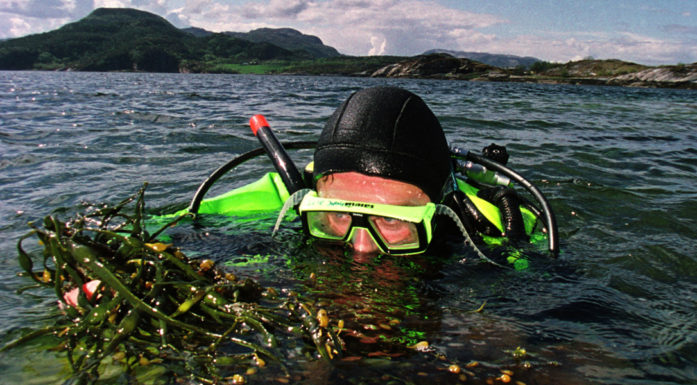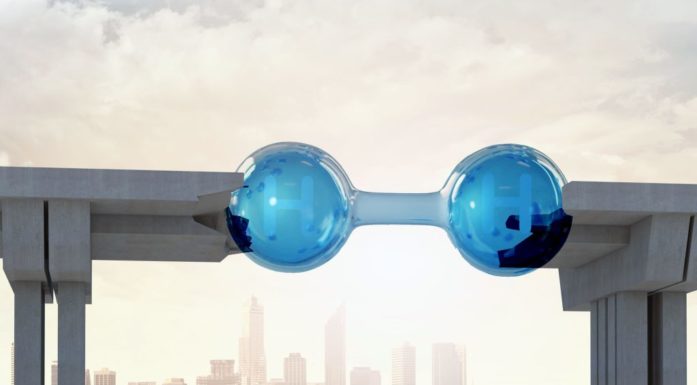Yes, we should produce hydrogen in Norway
Producing hydrogen will become an important part of decarbonising Europe’s energy system and is one of the opportunities Norway has to maintain value creation along the lines of what the country has experienced with oil and gas.
Norway is well positioned to become a major supplier of European hydrogen. However, Borten Moe, the Minister of Research and Higher Education, is one of several voices questioning the idea as to whether producing hydrogen is a sensible solution since energy is lost in the process.
Europe is experiencing an energy shortage, and using each and every unit of energy – be it natural gas or electricity – in the most efficient way possible is important. With Europe wanting 20 million tonnes of hydrogen before 2030, discussing where the energy to produce this hydrogen will come from is a natural segue.
Green and blue hydrogen
Hydrogen can be produced in several ways, two of which are currently options in Norway. One method uses electricity and produces hydrogen through electrolysis. This is called green hydrogen when the electricity comes from renewable energy.
The second method uses natural gas, where the natural gas is converted into hydrogen and CO2. For this hydrogen to be categorized as low carbon, the CO2 has to be stored so that it does not contribute to greenhouse gas emissions. In Norway, this means storing it under the seabed on the continental shelf. This method results in what is called blue hydrogen.
All such transformation processes, where energy is transferred or changes form, involve a loss of energy.
Hydrogen in the steel industry and air traffic
Europe is currently in the middle of an energy crisis. Electricity and natural gas are both in short supply at the same time as Europe is needing to invest in hydrogen and requires more of these same raw materials for hydrogen production.
Increased production of renewable energy will reduce emissions in many sectors. However, some sectors, like the steel industry and air traffic, cannot as easily reduce emissions simply by using emission-free electricity. In such cases, these sectors need low-emission energy carriers like hydrogen to reduce their emissions.
Hydrogen can provide important flexibility to the power grid when either too much or too little renewable energy is produced.
Norway as important supporting player in the green shift
Even in the current situation, Europe’s REPowerEU strategy indicates that the green shift needs to be carried out faster than before, while simultaneously phasing out Russian gas. The solution to this challenge is to focus on increasing the renewable production of electricity, energy efficiency and increased imports of liquefied natural gas, while Norway supplies natural gas close to its maximum capacity.
The CleanExport project shows that Norway can be an important supporting player in Europe’s commitment to green hydrogen. Norway’s production will then take place at the same time as we develop more renewable energy in Norway, both on land and at sea. Green hydrogen production increases the value of Norwegian renewable energy.
- You might also like: Urgent need to commercialise CCS
Agreement between Equinor and German RWE
Norway has large natural gas resources which can also play an important role. In today’s energy-strapped Europe, exporting natural gas without conversion is probably the best way to ensure its most efficient use, for example to replace coal, which has higher emissions.
In the longer term, the use of gas also needs to become emission free, and natural gas would probably be better managed by being converted to low-carbon blue hydrogen. In the medium term, this is a cheap way to produce large quantities of hydrogen, with relatively little energy loss. The new agreement between Equinor and German RWE is based on this method.
In the near term, Norwegian natural gas will be exported to run new gas power plants to replace coal power, before the natural gas is eventually used to produce hydrogen. Over time, green hydrogen will come into the picture when the costs have been reduced and the process upscaled enough.
Will increase the value of Norwegian natural gas
If the EU succeeds in its hydrogen ambitions, a transition period could well see the need for more natural gas than is currently found in Norway today, and this could increase the value of Norwegian natural gas in a decarbonized European energy system as well.
Minister Borten Moe is correct in pointing out that energy losses are associated with hydrogen production, and this should not be overlooked. At the same time, hydrogen is an essential part of the EU’s climate strategy, where low-carbon hydrogen will be in high demand and a necessary element in the transition.
Norway can be an important cooperative partner for Europe, and this energy strategy also presents a great economic opportunity for Norway.
A research project carried out by NTNU, SINTEF and the Institute for Energy Technology studied transition hydrogen pathways towards 2050. Findings show that hydrogen is one of the opportunities open to Norway to maintain value creation along the lines of what the country has experienced with oil and gas and at the same time be part of the solution.
This Viewpoint was first published in Stavanger Aftenblad on 05 Feb 2023 and is reproduced with permission from Stavanger Aftenblad.





